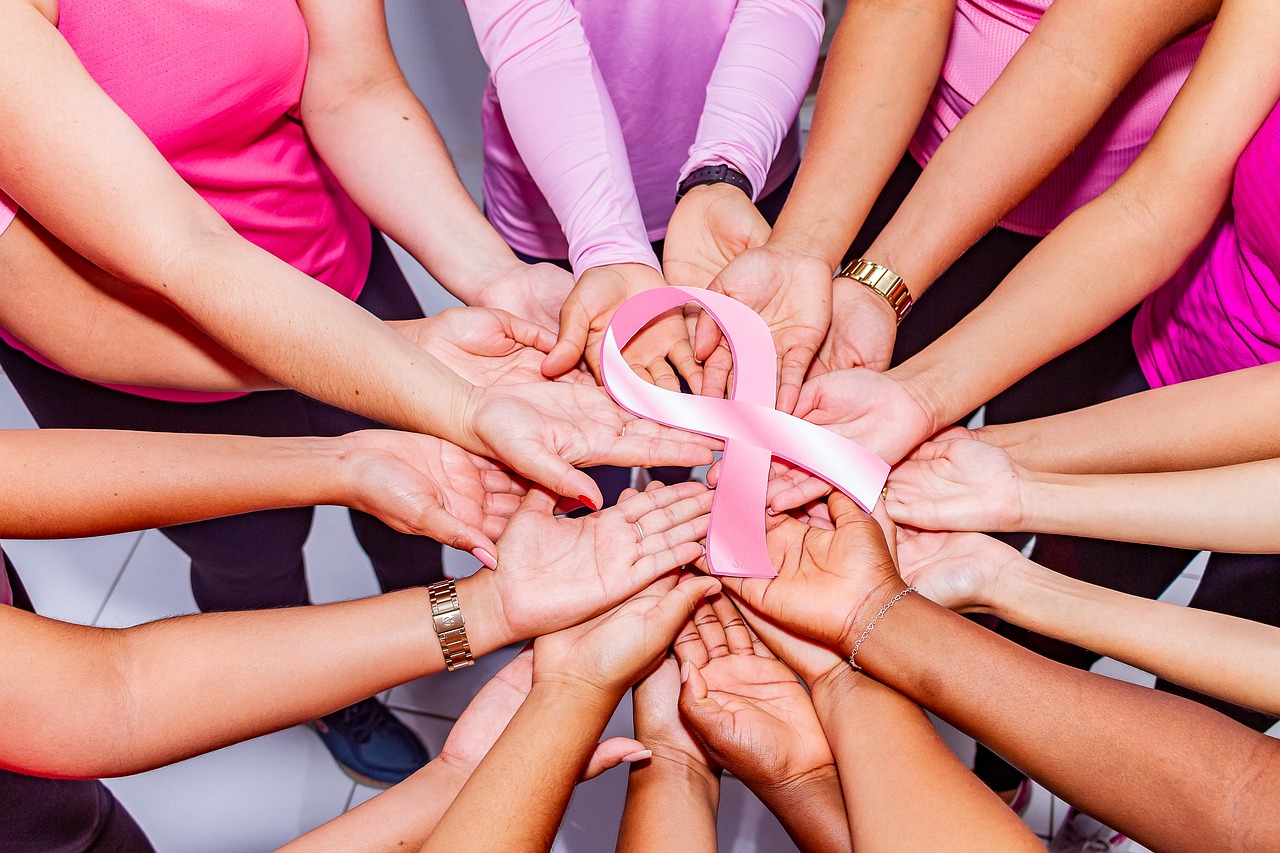Breast cancer in Poland
Breast cancer is the most common form of cancer among women in developed countries, including Poland. In Poland, it accounts for approximately one-fourth of all cancer cases, with over 15,700 new cases recorded in 2010 [1]. In 2020, there were 24,644 new cases and 8,805 deaths reported [2]. The increased risk of breast cancer is associated with various lifestyle factors such as the increasing average lifespan and changes in fertility and the number of children among women in Poland [1]. Both genetic and environmental factors play a role in the occurrence of breast cancer.
The significance of genetic factors in breast cancer occurrence
The first reports of familial breast cancer date back to around 100 AD and were documented in the medical literature of ancient Rome. In modern times, in 1866, Broca described ten cases of breast cancer occurring in four generations of his wife’s family [4].
In the mid-1990s, it was also molecularly proven that a significant portion of breast and ovarian cancers have a hereditary monogenic etiology. Studies on the frequency of familial-clinical characteristics associated with strong aggregation of breast/ovarian cancers and the analysis of incidence among monozygotic twins indicate that about 30% of breast and ovarian cancers result from a strong genetic predisposition [4].
Previously, genetic factors were overlooked in sporadic cases of breast/ovarian cancer, but recent research has shown the existence of a characteristic constitutional background promoting the development of these tumors even in patients with these types of cancers. It is now believed that almost all cancer patients have the appropriate genetic background, although the impact on the risk of tumor development may vary [4].
International collaboration in detecting genes associated with increased risk of breast cancer
The study was conducted by an international team of researchers led by Professor Cezary Cybulski, a geneticist from the Department of Genetics and Pathomorphology at the Pomeranian Medical University, and Mohammad Akbari from the University of Toronto. The aim of the study was to identify additional genes associated with susceptibility to breast cancer. The researchers focused on a founder population in Poland and performed whole exome sequencing in 510 women with familial breast cancer and 308 control individuals. Based on their observations, they concluded that the ATRIP gene could be a candidate susceptibility gene for breast cancer, linking DNA replication stress with the disease [3].
The discovery of a recurrent ATRIP mutation in Poland opens up the possibility of using a simple and cost-effective test for detecting this mutation. This test could be added to the existing panel test, which detects around 10% of breast cancer cases in Polish women, by examining a panel of several recurrent gene mutations in Poland, such as BRCA1, BRCA2, CHEK2, PALB2, NBN, and RECQL. The sensitivity of such a test in detecting mutations in the above genes in Poland is over 80% [3].
Interesting fact
Interesting results from studies conducted among a group of Polish immigrants in the USA relate to the impact of consuming cruciferous vegetables or their products on reducing the risk of breast cancer. The studies showed a statistically significant influence of high consumption of raw, lightly cooked, and pickled cabbage among young women on reducing the risk of this disease [2].
Let’s get tested!
To detect cancer early, especially in individuals with a family history of the disease, routine genetic screening is recommended. In most European countries, it is recommended for women over 50 years of age to undergo regular mammographic screenings, typically once a year. Women at higher risk of breast cancer should start regular mammographic screenings earlier. Additionally, imaging tests such as ultrasound (USG), mammography, magnetic resonance imaging (MRI), and breast self-examination are helpful in detecting tumor changes [2]
Bibliography:
[1] Didkowska, Joanna, and Urszula Wojciechowska. “Nowotwory piersi w Polsce i Europie–populacyjny punkt widzenia.” Nowotwory 63 (2013): 111-118.
[2] Achrem-Achremowicz, Bohdan. “Wybrane produkty spożywcze jako czynnik ograniczający ryzyko zachorowania na raka piersi.” Przemysł Spożywczy 76 (2022).
[3] Cybulski, Cezary, et al. “Variants in ATRIP are associated with breast cancer susceptibility in the Polish population and UK Biobank.” The American Journal of Human Genetics 110.4 (2023): 648-662.
[4] Gronwald, Jacek, et al. “Dziedziczny rak piersi i jajnika.” W: Nowotwory dziedziczne (2002): 35-48.
Biologiczny Hejted


